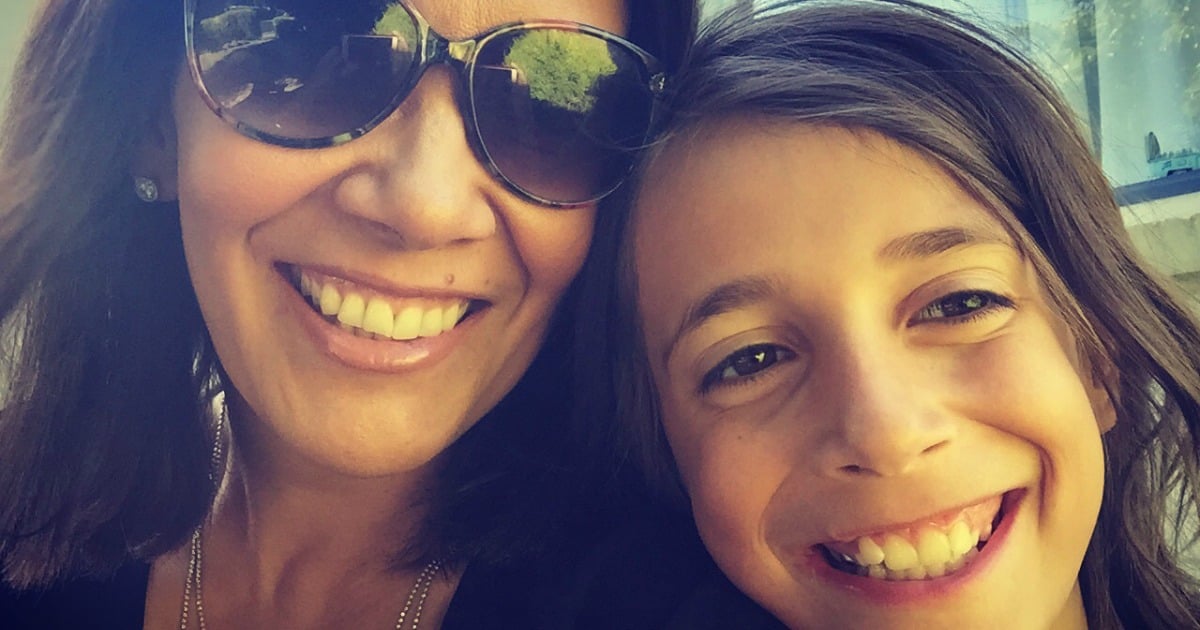What a difference growing up as a little girl in the late 70s and early 80s a cartoon series like Little J & Big Cuz – Australia’s first Indigenous animation series – would have made to my life.
I vividly remember the one video we watched at my high school about Aboriginal people – a historic video that showed in great detail the attempts of Aboriginal genocide. The Nuns watched over me, ecstatic and proud that they had shown it — not because of the horrific content, but simply because it featured Aboriginal people.
To this day I am still traumatised by the adult content we witnessed in that video, re-enactments of the appalling treatment Aboriginal people endured. There was nothing included in that footage that celebrated our culture and history.
Those images will stay with me forever. It changed the way I felt about how Aboriginal and Torres Strait Islander people had been treated throughout Australia’s history. The traumatic content really waivered my culture confidence, especially being shown it at a time when Indigenous people didn’t have role models to look up to on TV because it wasn’t social practice.
I never brought it up with my family around the dinner table, even though I had an age appropriate understanding of my people’s history. I truly think I was in shock from the images and pushed them down deep to be dealt with as an adult.


